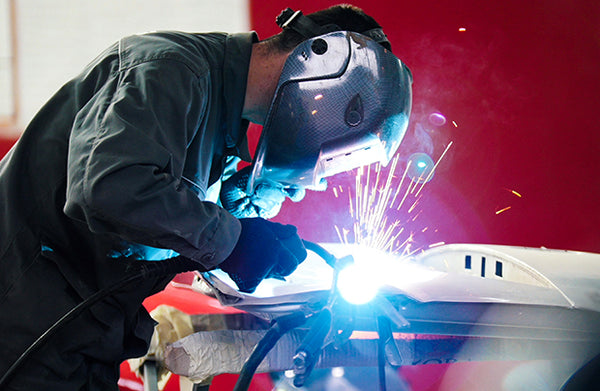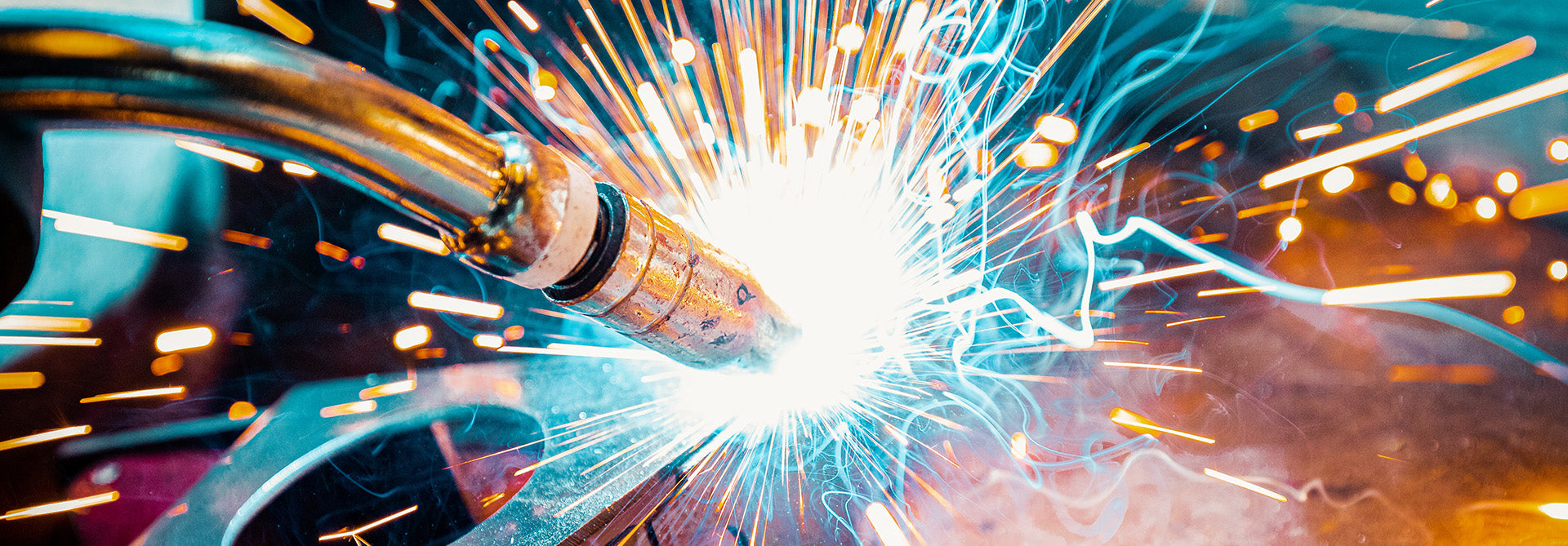Sirens wailed as the cars tore down the road, the black night only illuminated by their headlights with a splash of circulating red and blue. Prohibition had ended years earlier, but there were still plenty of dry counties willing to pay top dollar for illegal liquor. All you had to do was outrun the police.
The vehicle of choice for rum runners was often the ford coupe, a relatively small and compact car. The biggest advantage was its massive engine bay, capable of fitting a Cadillac or Oldsmobile ambulance engine. With that type of power, a rum runner could be uncatchable.

Fast forward to the end of World War II. Millions of soldiers who’d driven vehicles during the war came home with a new passion. On top of that, many had been mechanics and welders during their service. Thousands of race tracks popped up all over the country. In 1948, they all combined into one league called NASCAR.
The first NASCAR race was nothing like today. There were no rules on modifications, no regulations on what you could or could not do. And who had spent over three decades doing everything they could to outrun the law? The rum runners. Consequently, the first NASCAR race was a battle of the moonshine haulers. It’s funny to think that if you enjoy the melodious, deep symphony of a high performance race car, you’ve got prohibition to thank.
That first NASCAR race was a huge hit, propelling the future of the organization. However, they faced a problem. The highly modified “rum runner” vehicles were resembling less and less the original vehicles they started as. The league wanted to attract big car manufacturers like Ford as sponsors, but Ford wanted to show off their newest models without a bunch of modifications that would make them unrecognizable. NASCAR’s solution was to create two divisions. The stock division would only permit the newest cars and prohibited any modifications. The modified division would continue to allow just about anything, as long as it was fast. Since the first NASCAR races were modified cars, the “modified division” is actually the oldest, longest-standing in the league.
This setup led to an era of weekend racers in the modified division. Ordinary welders and mechanics with a passion. They’d work on their vehicles throughout the week, adding all sorts of wacky, unusual and sometimes revolutionary innovations. Then they’d put their work to the test in weekend races.
Because of these innovations, the modified division cars far exceeded the performance of the stock car division for years. Yet the money was always in the stock division, where car manufacturers were significantly more willing to pay the big bucks for drivers to show off their newest, unaltered models. That meant modified division drivers usually had to keep their day jobs. They were often called, “ordinary people doing un-ordinary things behind the wheel."

Eventually the stock division permitted some modifications, allowing their vehicles to finally surpass the speeds of the modified division. Yet, despite this, most of the major innovations still started with the weekend racers, welding and tinkering around on their cars, unafraid to try new things. Anti-sway bars, purpose-built chassis, beefed-up engines and carburetors, they all started in the modified division first before moving to stock.
By the 1970s, the unrestricted modified rules reached their peak. Most of the cars on the track were completely unrecognizable from their original models. Fenders were removed to reduce weight and nerf bars were welded to the sides. Since all the tracks run counterclockwise, welders decided to off-set their entire car bodies to the left permanently. This gives modified race cars that recognizable look still used today.
What is the modern modified division like? While the regulations on vehicle alterations have been tightened, the modified division still consists of a lot of weekend racers who weld and work on their own vehicles during the week. Most teams consist of friends and family, doing repairs and improvements on their cars from their own garages. This has continued to create an interesting subculture made up of ordinary, relatable men and women doing very unordinary things.
No matter what your welding passion is, quality and price are huge factors that you need to consider. Cheap, unreliable equipment can have serious and dangerous consequences when it comes to automobile welding. But overpaying has equally disastrous consequences on your wallet. That’s why Weld My Ride has the most trusted brands at the best prices. Make sure you shop at the only online welding store dedicated to automobile welding.







